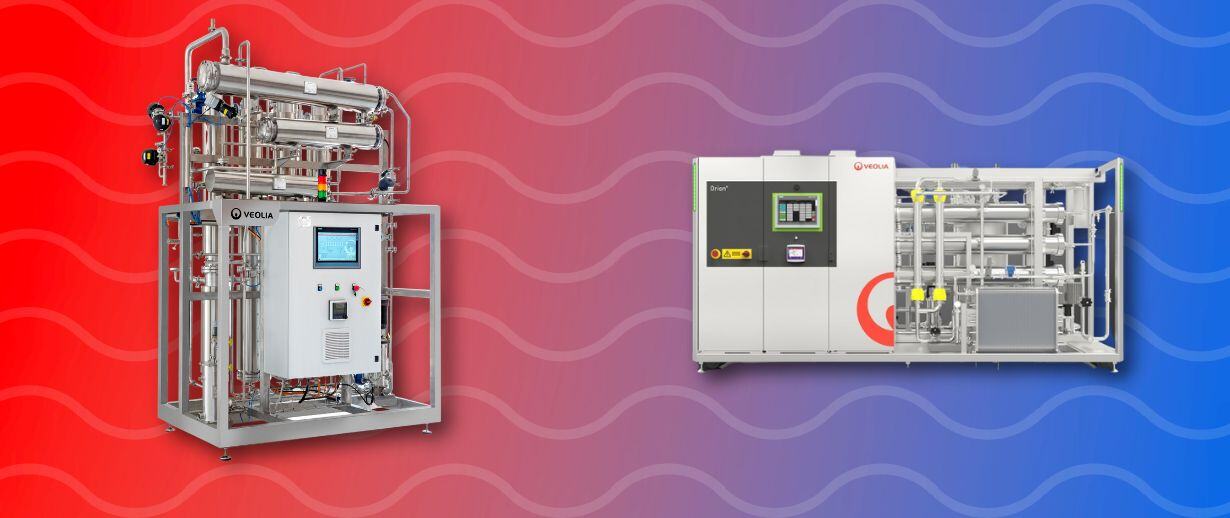Distillation has long been the method of choice for the production of water for injection (WFI) for the biopharmaceutical industry. However, April 2017 saw the European Pharmacopoeia amend its guidelines to permit the use of alternative techniques that generate water of an equivalent quality to distillation, in line with its United States and Japanese counterparts, which have allowed the use of other technologies for some years. Almost a year on, we take a look at some of the questions companies commonly ask when deliberating over which approach is the most suitable for their particular situation.
Why the change?
The United States and Japan, two of the largest markets for pharmaceutical sales, have accepted the use of alternative techniques to distillation for many years. This revision aligns the European Pharmacopoeia with regulations in both these countries.
What are the options?
The revised regulations allow the industry to choose between traditional distillation units or alternative purification processes that produce water of an equivalent quality, such as reverse osmosis (RO) coupled with continuous electrodeionisation (CEDI) and ultrafiltration (UF).
Hot or cold water for injection?
WFI must comply with microbial and endotoxin limits, and this can be achieved by hot or cold purification processes. Distillation is a hot purification process that involves a phase change from water to steam, which is then condensed. Alternatively, a cold process can be used, supplementing an existing water purification stream incorporating RO and CEDI with a secondary membrane system – UF – to produce WFI of an equivalent quality to distillation without the need for heat.
Read our article on the topic: Hot or Cold: Understanding your Water For Injection options
Distillation or a membrane system?

Distillation takes advantage of the fact that bacteria and endotoxins cannot exist in steam. Endotoxins can only be carried by water droplets, and these are removed during the vapour stage of the distillation process, ensuring compliance with regulatory limits. However, the revised regulations now allow for the use of a secondary membrane system, an equally effective alternative. Most facilities will already be producing purified water, and the addition of a secondary membrane process – UF – is a cost-efficient means of removing endotoxins and micro-organisms to generate WFI of comparable quality to that generated by distillation.
How do I know which system to select?

Either route will produce WFI that complies with the regulations. After careful consideration of the existing water purification system, cost versus risk, KPIs and in-house experience with one or both techniques, it may come down to budget and personal preference.
How can we help?
Whatever your preferred solution, we have a technology to meet your needs, whether it is our Polaris Water Distillation Systems or our ORION™ RO, CEDI, UF cold WFI system. Whichever system you choose, you can be assured of WFI that is compliant with the European, United States and Japanese Pharmacopoeias. Contact an expert today to discuss what option would suit your needs best by clicking here.